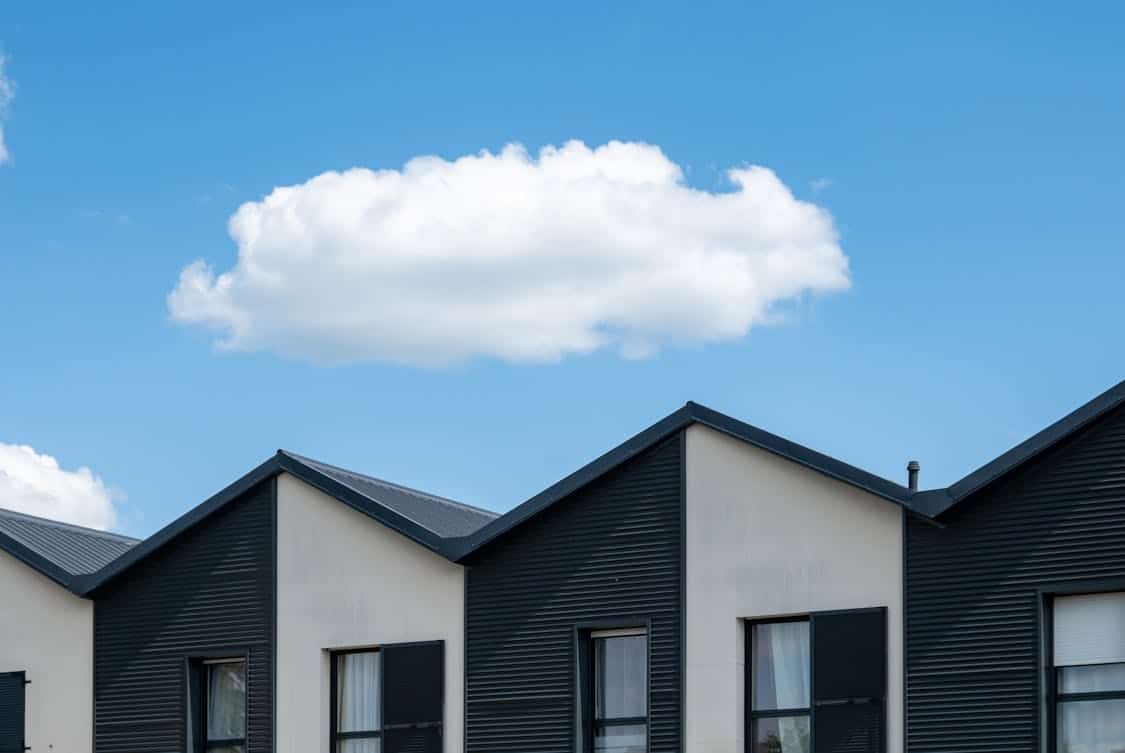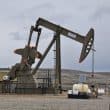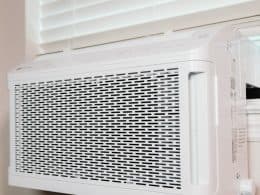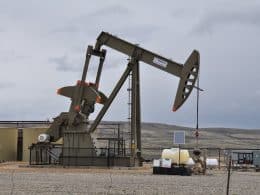When it comes to protecting your home, the roof plays a pivotal role. Among the various roofing options, metal roofs have gained popularity for their durability and weather resistance.
One pressing question homeowners often ask is whether metal roofs can withstand strong winds. This article explores the characteristics of metal roofing that contribute to its performance in windy conditions.
Understanding Metal Roofs
Metal roofs come in a variety of materials, including steel, aluminum, and copper. Each of these materials offers unique advantages, but they share common traits that enhance their resilience.
Metal roofs are generally lightweight, making them easier to install and less likely to suffer structural damage during high winds.
The interlocking panels typical of metal roofing systems further add to their strength. This design minimizes the chances of individual panels being lifted by intense gusts. When installed correctly, metal roofs can offer a tight, secure fit, which is essential for wind resistance.
Wind Ratings and Standards
To gauge how well roofing materials can withstand wind, manufacturers adhere to specific ratings and standards. The American Society for Testing and Materials (ASTM) and the Underwriters Laboratories (UL) provide guidelines that roofing products must meet.
Metal roofs can achieve wind ratings of up to 140 miles per hour (mph) or more, depending on their design and installation.
These ratings are particularly relevant for homeowners in hurricane-prone areas or regions that frequently experience severe storms. When selecting a roofing system, it’s wise to check for these certifications to ensure optimal performance.
Installation Matters
One factor that cannot be overlooked is the quality of installation. A metal roof, no matter how resilient its material, will not perform well if it isn’t installed correctly.
Proper fastening techniques, including the use of adequate screws and clips, are essential to secure the panels against extreme winds.
Inadequate installation can lead to vulnerabilities, making even the sturdiest material susceptible to damage. Always hire a qualified contractor who specializes in metal roofing to ensure that your roof is installed according to the highest standards.
If you’re in the Windsor area and exploring your options, you may want to see what’s available for Windsor homes to find metal roofing systems that are both stylish and built to withstand the region’s challenging weather conditions.
Types of Metal Roofs

The type of metal roof you choose can significantly affect its performance in windy conditions. There are several options available, and each has its own strengths.
Standing Seam Metal Roofs
Standing seam roofs feature raised seams that interlock vertically. This design not only enhances the roof’s aesthetic appeal but also provides added strength against wind uplift.
The vertical seams create a continuous barrier that helps to keep water out, making it a favorite among homeowners concerned about leaks.
Corrugated Metal Roofs
Corrugated metal roofs are often seen in agricultural and industrial settings, but their durability makes them suitable for residential applications as well. The wavy pattern of the panels increases structural integrity, allowing these roofs to withstand strong winds effectively.
Metal Shingle Roofs
These roofs mimic traditional shingles but offer the strength and longevity of metal. While they provide an attractive, classic look, their performance in windy conditions can vary. Ensuring that the shingles are adequately fastened is essential for optimal wind resistance.
Factors Affecting Wind Resistance
While metal roofs generally offer good resistance to wind, several factors can influence their performance.
Roof Pitch
The pitch or slope of a roof can impact how wind interacts with it. Steeper roofs tend to shed wind more effectively than flatter ones. In high-wind areas, opting for a steeper pitch may enhance the roof’s ability to withstand gusts.
Local Climate
Understanding the local climate is crucial. Regions prone to hurricanes or tornadoes require roofing materials that meet higher wind-resistance standards. On the other hand, areas with milder weather may have less stringent requirements.
Building Codes
Local building codes often dictate the types of roofing materials and installation methods allowed in a given area. These codes are designed to protect homeowners and ensure that roofs can withstand the specific weather conditions prevalent in the region. It’s essential to be aware of these regulations when considering a metal roof.
Maintenance Tips for Wind Resistance
Even the sturdiest roofs need care to maintain their wind-resistant properties. Regular maintenance can help identify potential issues before they escalate.
Regular Inspections
Conducting regular inspections of your roof can help catch loose panels or damaged fasteners. Look for signs of wear or corrosion, especially in areas susceptible to wind damage. Addressing these issues early can prevent more significant problems down the line.
Clean Gutters and Drains
Debris in gutters and drains can lead to water pooling, which might weaken the roof structure over time. Keeping these areas clear helps ensure that water flows away from the roof, maintaining its integrity.
Address Flashing and Sealants
Flashing is the material used to seal joints and prevent leaks. Over time, sealants may degrade, leading to vulnerabilities. Inspect these areas and reapply sealants as needed to keep the roof watertight.
Comparing Metal Roofs with Other Materials
When considering roofing options, it’s worth comparing metal roofs with more traditional materials like asphalt shingles or tile.
Asphalt Shingles
While asphalt shingles are prevalent and less expensive, they often lack the wind resistance of metal roofs. In areas with frequent storms, asphalt shingles may be more likely to lift or break under high winds.
Tile Roofs
Tile roofs offer aesthetic appeal and durability but can be heavy and expensive. While they withstand winds well, their weight can pose challenges for some structures. Additionally, tiles may crack under extreme conditions, leading to potential leaks.
Wind-Resistant Features
Metal roofs come with various features designed to enhance their performance against strong winds.
Foam-Insulated Panels
Some metal roofs use foam insulation, which can help reduce noise and improve energy efficiency. The insulation also adds extra stability, making the roof more resistant to wind uplift.
Integrated Drip Edge
A drip edge is a piece of metal installed along the roof’s edge. This feature helps direct water away from the structure and can also add an extra layer of protection against wind-related damage.
The Future of Metal Roofing
As technology advances, so do the materials used in roofing. Manufacturers are continually improving metal roofing systems to enhance their wind resistance.
Coatings that prevent corrosion, innovative fastening techniques, and the use of lighter materials are just some of the developments on the horizon.
With ongoing advancements, it’s an exciting time for metal roofing, providing homeowners with options that not only withstand strong winds but also enhance the overall look of their homes.
In summary, metal roofs offer a compelling solution for homeowners looking to protect their homes from strong winds. With the right materials, proper installation, and ongoing maintenance, these roofs can stand firm against the fiercest elements.









